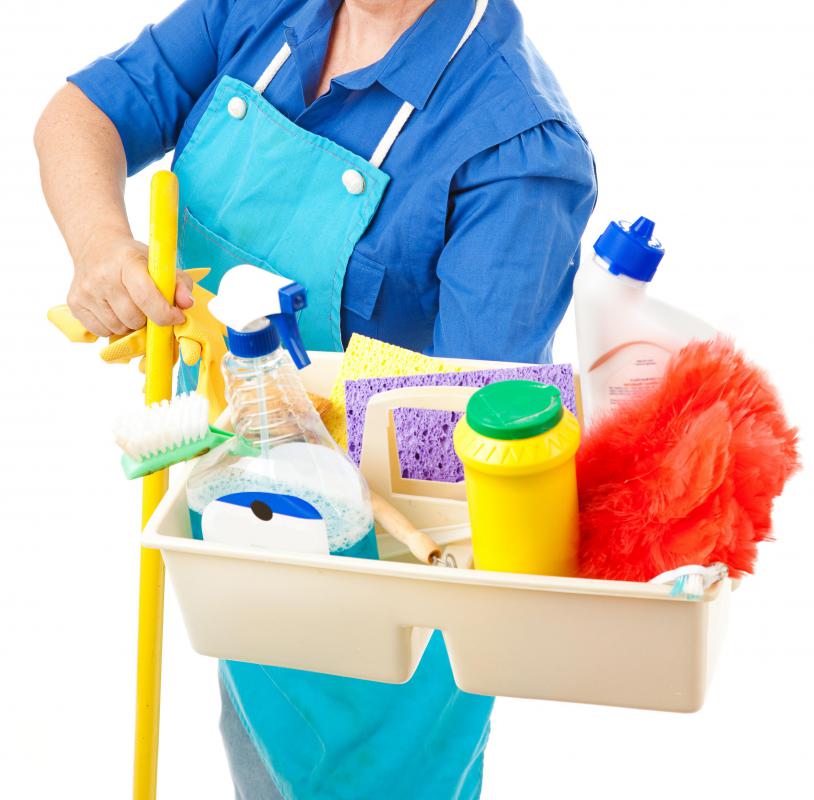At HomeQuestionsAnswered, we're committed to delivering accurate, trustworthy information. Our expert-authored content is rigorously fact-checked and sourced from credible authorities. Discover how we uphold the highest standards in providing you with reliable knowledge.
What is an Ultraviolet Sanitizer?
An ultraviolet sanitizer comes in increasingly diverse forms, which makes it a little difficult to explain. In brief, it is a device that typically uses UV- C rays to remove germs from the surface it treats. It sanitizes, but does not sterilize, which is an important distinction. Depending on strength and appropriateness of use for a specific task, it might be good at getting rid of most germs, but will certainly not make something germ free.
Some people may be familiar with the ultraviolet sanitizer in medical applications. UV rays may be used as part of the sterilization process in cleaning medical equipment. There are also ultraviolet sanitizer pool filters. Water is passed through them under the UV light and these have had good reviews when it comes to cleaning water of nasty bacteria it can harbor, such as cryptosporidium.

More recent products using UV rays are suggested for applications in people’s homes. For some time now, many companies have manufactured an ultraviolet sanitizer for toothbrushes. There are a number of configurations in which they sanitizers come, and they may be designed for specific brands or models of toothbrushes. They might also vary in the number of brushes they’ll hold. Most of these toothbrush cleaners work fairly swiftly, and will clean a toothbrush full of bacteria in about 10 to 20 minutes.

Since the “clean” brush is not sterile, replacing heads or brush may be wise after an illness. Similarly it would be unwise to drop a toothbrush in the toilet, sanitize it, and then expect it to be totally clean of germs. People should view the ultraviolet sanitizer of this type as killing most germs, but should still follow smart replacement advice.

Another ultraviolet sanitizer gaining in popularity is the handheld type, which can be passed over surfaces that might be contaminated. For instance, a child with a cold gets off a phone, and the mom uses the sanitizer to remove rhinovirus from the phone. While the phone is more efficiently and cheaply disinfected with things like bleach, some people dislike using chemicals and find UV sanitation to be a better way to go. Handheld sanitizers could have many applications in the home, including on products like remote controls, computer keyboards and on surfaces like doorknobs, walls, and toilet handles.

One place an ultraviolet sanitizer should not be used is on the hands. In facts kids who are not responsible should go nowhere near these devices, and they should never be shined on skin or eyes. This is UV light and can have unfortunate consequences if exposure is frequent.
Even with these provisos, there does seem a growing trend to create more sanitizers. There are even vacuum cleaners that have UV light on the bottom to kill germs on the floor. Significant price differentials exist in all of these products and it’s a good idea to shop around first before committing to a purchase.
AS FEATURED ON:
AS FEATURED ON:















Discuss this Article
Post your comments